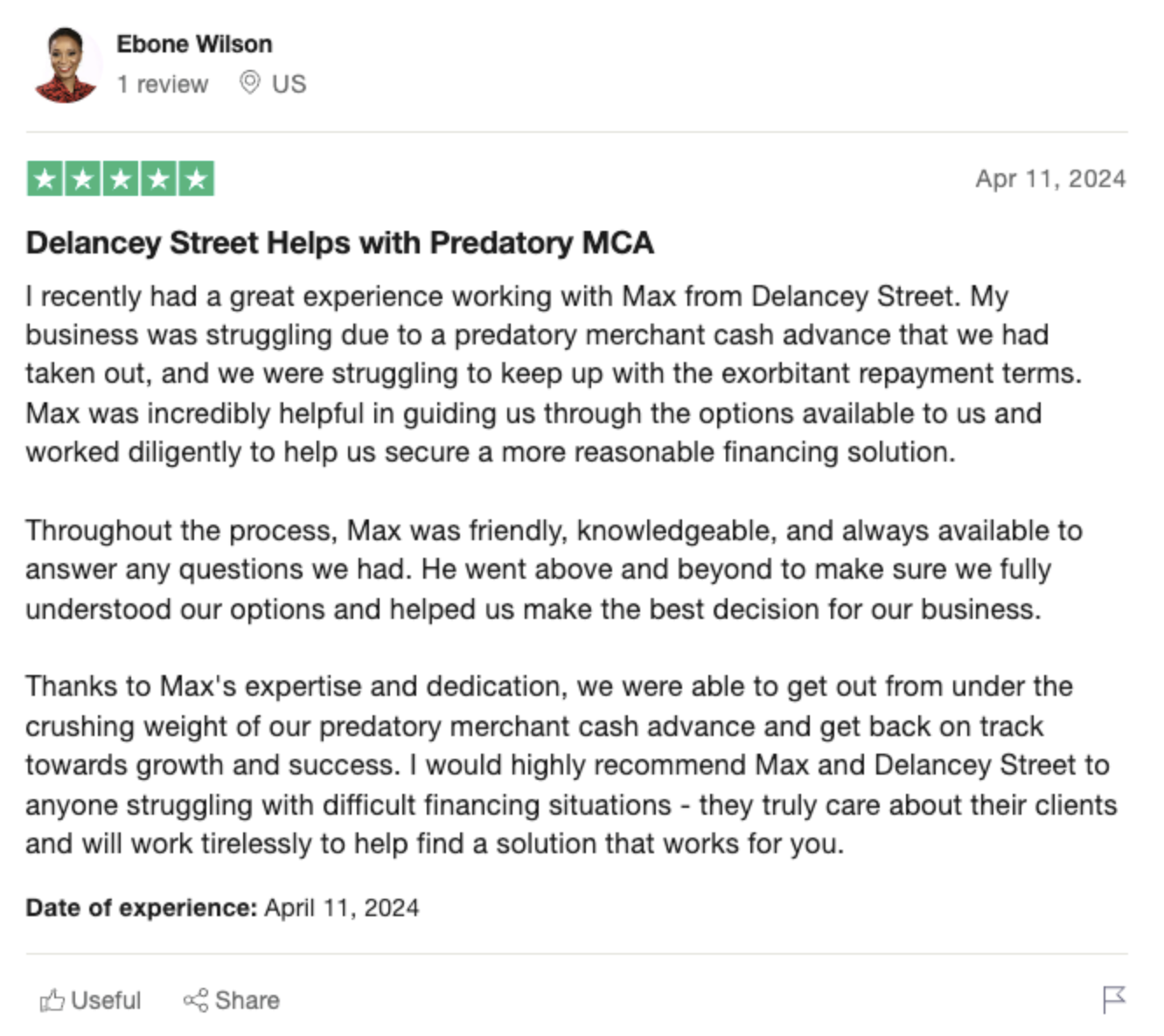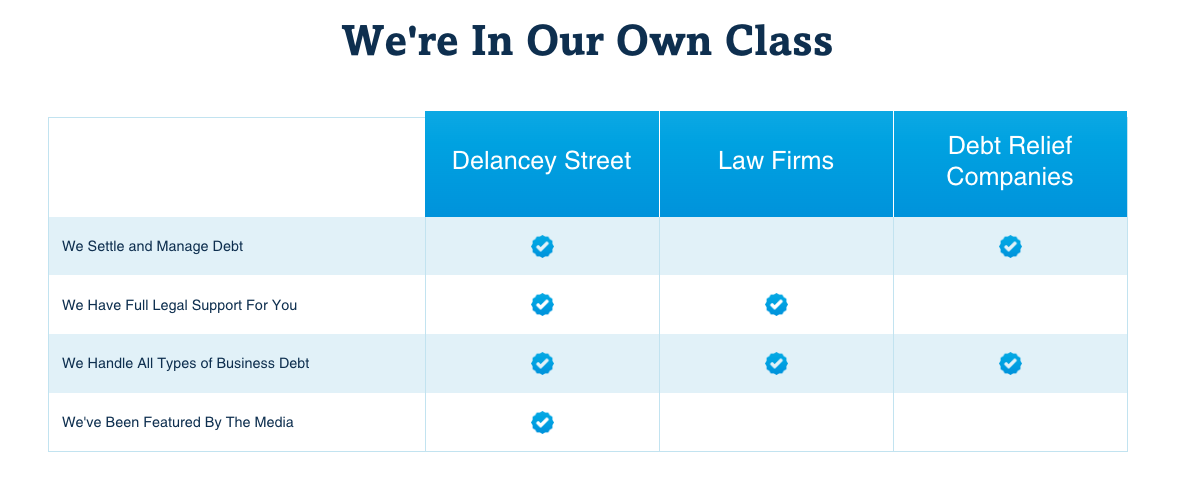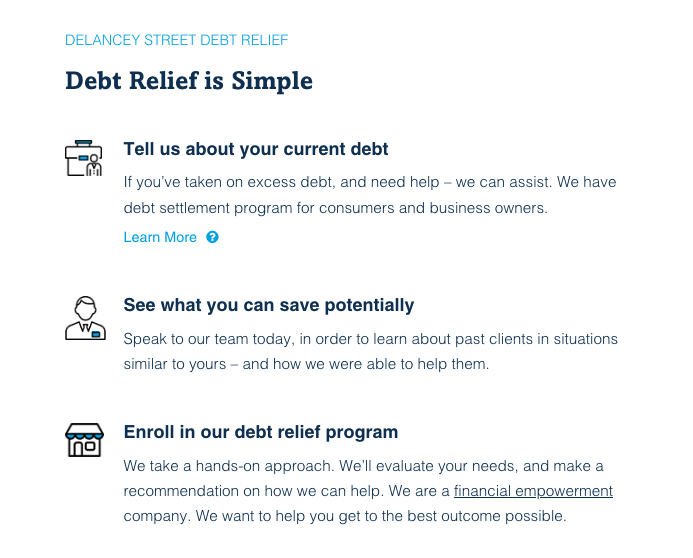As a student in New York, navigating the complex world of student loans can be a daunting task. With countless options available, it’s crucial to understand the best and worst student loans in the state. This article will provide you with a comprehensive guide to making an informed decision about your educational financing. We’ll explore the factors that determine loan quality, such as interest rates and repayment terms, and highlight the lenders with the best customer support. Additionally, we’ll discuss the hidden fees to watch out for and compare federal and private student loans. By the end of this article, you’ll be equipped with the knowledge and tools necessary to choose the best student loan for your unique situation and secure a brighter financial future.
Factors to Consider When Choosing a Loan
When it comes to selecting a student loan in New York, there are several critical factors to consider. First and foremost, you must evaluate your financial situation and determine how much money you need to borrow. This assessment will help you narrow down your options and focus on loans that align with your specific requirements.
 -
-Next, it’s essential to research the various types of student loans available, including federal and private loans. Federal loans, such as Direct Subsidized and Unsubsidized Loans, often offer more favorable terms and benefits compared to private loans. However, private loans can be a viable option if you’ve exhausted your federal loan options or need additional funding.
Another crucial factor to consider is the interest rate associated with each loan. Interest rates can significantly impact the overall cost of your loan and your monthly payments after graduation. It’s important to compare rates from multiple lenders and opt for the lowest rate possible to minimize your long-term debt burden.
Finally, take the time to review the repayment terms and options for each loan. Some loans may offer more flexibility, such as income-driven repayment plans or loan forgiveness programs, which can be particularly beneficial if you anticipate a lower income after graduation. By carefully evaluating these factors, you’ll be better equipped to choose a student loan that meets your needs and sets you up for long-term financial success.
Hidden Fees: What to Watch Out For
When shopping for student loans in New York, it’s crucial to be aware of the hidden fees that can significantly increase the overall cost of your loan. These fees can catch borrowers off guard and add unnecessary financial strain, so it’s essential to thoroughly review the terms and conditions of each loan before making a commitment.
 -
-One common hidden fee to watch out for is the origination fee. This fee is charged by some lenders as a percentage of the total loan amount and is often deducted from the loan proceeds before they are disbursed to you. Origination fees can range from 1% to 10% of the loan amount, which can add up quickly, especially for larger loans.
Another potential hidden fee is the prepayment penalty. While not all lenders charge this fee, some may penalize you for paying off your loan early. This fee can be particularly frustrating for borrowers who are working hard to pay off their debt ahead of schedule and can discourage responsible financial behavior.
Late payment fees and returned payment fees are also common hidden costs associated with student loans. These fees can add up quickly if you’re not careful, so it’s important to stay on top of your payments and ensure that you have sufficient funds in your account to cover each installment. By being aware of these hidden fees and carefully reviewing the terms of each loan, you can make a more informed decision and avoid unnecessary financial burdens down the road.
Navigating the Loan Application Process
Navigating the student loan application process in New York can be overwhelming, but with the right guidance and preparation, you can make the experience smoother and less stressful. The first step in the process is to gather all the necessary documents, such as your Social Security number, driver’s license, tax returns, and proof of income. Having these documents readily available will save you time and hassle when completing your loan applications.
Next, it’s important to fill out the Free Application for Federal Student Aid (FAFSA) as early as possible. The FAFSA is the gateway to federal student loans and grants, and many schools and states also use the information provided on the FAFSA to determine eligibility for their own financial aid programs. Be sure to complete the FAFSA accurately and thoroughly to maximize your chances of receiving aid.
 -
-When applying for private student loans, it’s essential to shop around and compare offers from multiple lenders. Look for loans with competitive interest rates, flexible repayment terms, and minimal fees. Don’t be afraid to negotiate with lenders or ask for better terms – many lenders are willing to work with borrowers to find a mutually beneficial arrangement.
Throughout the application process, don’t hesitate to ask for help if you need it. Reach out to your school’s financial aid office, consult with a financial advisor, or seek guidance from organizations like the National Foundation for Credit Counseling. By taking advantage of the resources available to you and being proactive in your approach, you can successfully navigate the student loan application process and secure the funding you need to pursue your educational goals.
Success Stories: Students Who Made Smart Choices
While the world of student loans can be daunting, it’s important to remember that many students in New York have successfully navigated this landscape and made smart choices that set them up for long-term financial success. These success stories serve as inspiration and proof that with careful planning and informed decision-making, you too can achieve your educational goals without being overwhelmed by debt.
 -
-Take the example of Sarah, a recent graduate from a prestigious university in New York. Sarah knew that she wanted to pursue a career in social work, but was concerned about the cost of her education and the potential impact of student loan debt on her future. After careful research and consultation with her school’s financial aid office, Sarah opted for a combination of federal loans and grants, as well as a part-time job to help offset her expenses. By being proactive and strategic in her approach, Sarah was able to graduate with minimal debt and secure a fulfilling job in her chosen field.
Another success story is that of Mark, a first-generation college student from a low-income family. Mark knew that he would need significant financial assistance to make his dream of a college education a reality. He worked closely with his school’s financial aid office to explore all of his options, including scholarships, grants, and work-study programs. Mark also took advantage of free resources like the Khan Academy to prepare for the SAT and boost his chances of receiving merit-based aid. Thanks to his hard work and determination, Mark was able to graduate with minimal debt and is now pursuing a successful career in engineering.
These success stories demonstrate that with the right mindset and approach, anyone can navigate the complex world of student loans and achieve their educational and professional goals. By being proactive, seeking out resources and support, and making informed decisions, you too can set yourself up for long-term success and financial stability.
Exploring the Worst Student Loans in New York
While there are many excellent student loan options available in New York, it’s equally important to be aware of the worst loans on the market. These loans often come with exorbitant interest rates, inflexible repayment terms, and hidden fees that can trap borrowers in a cycle of debt and financial stress.







